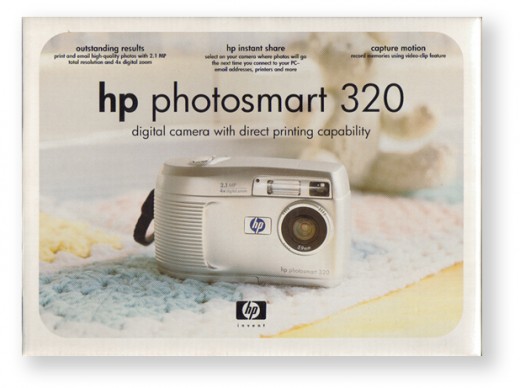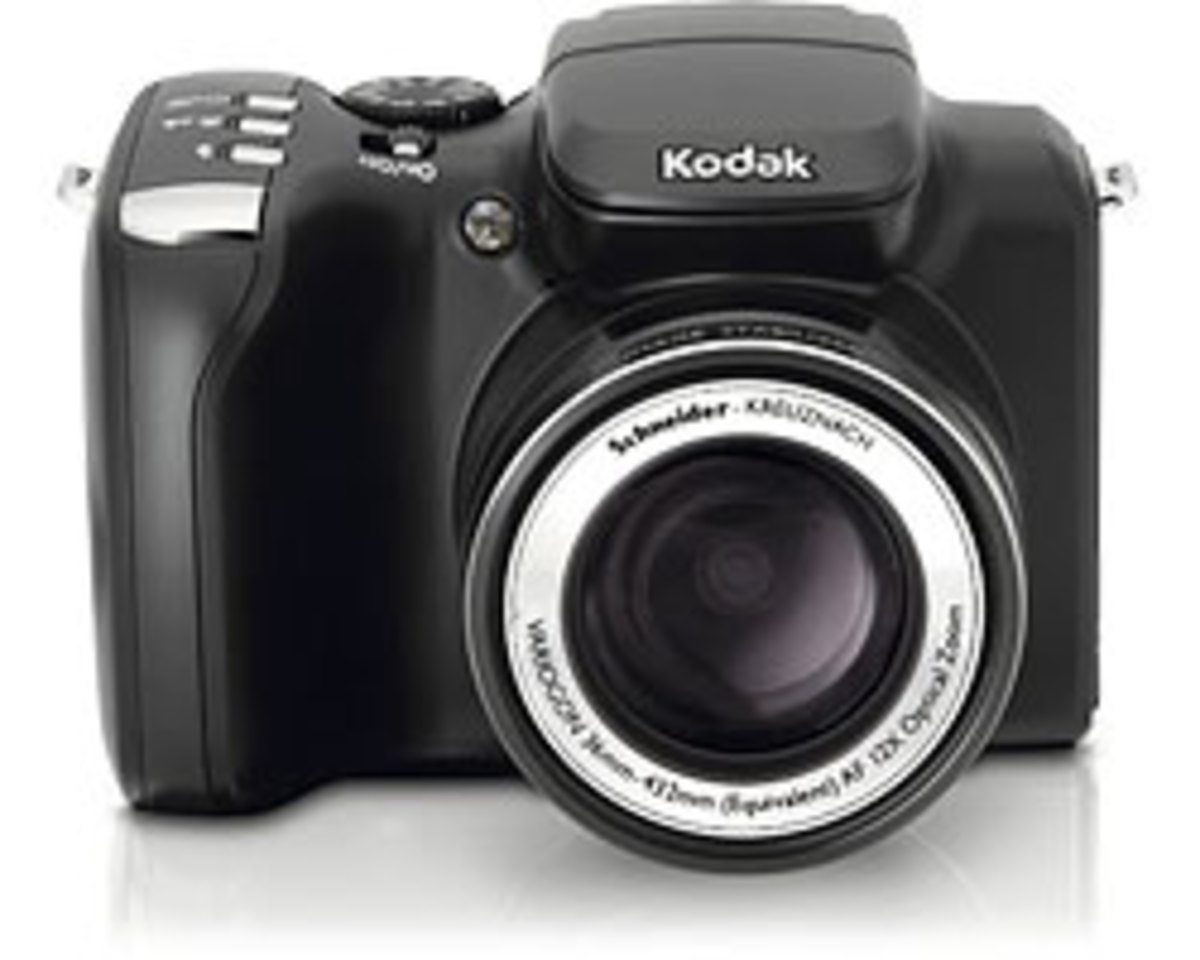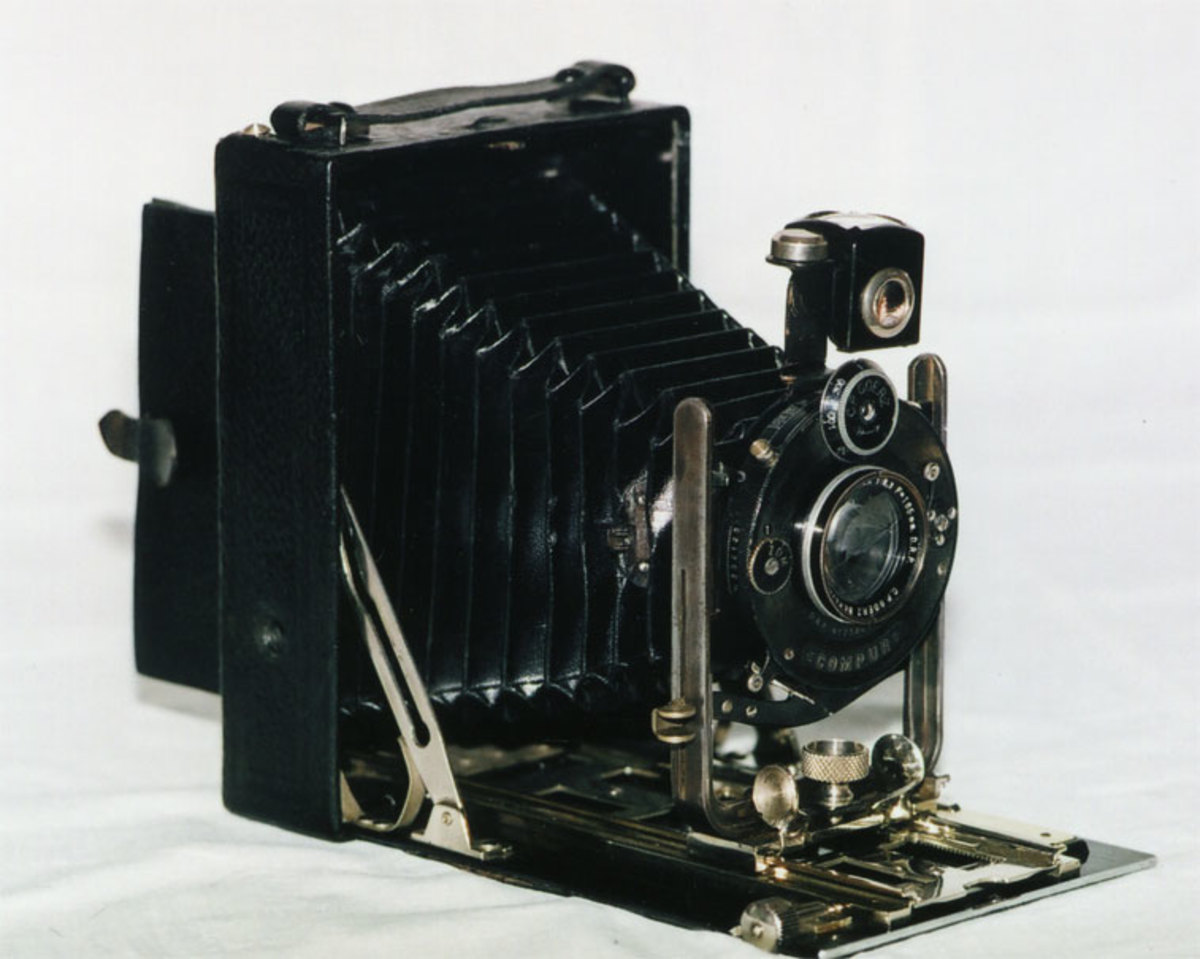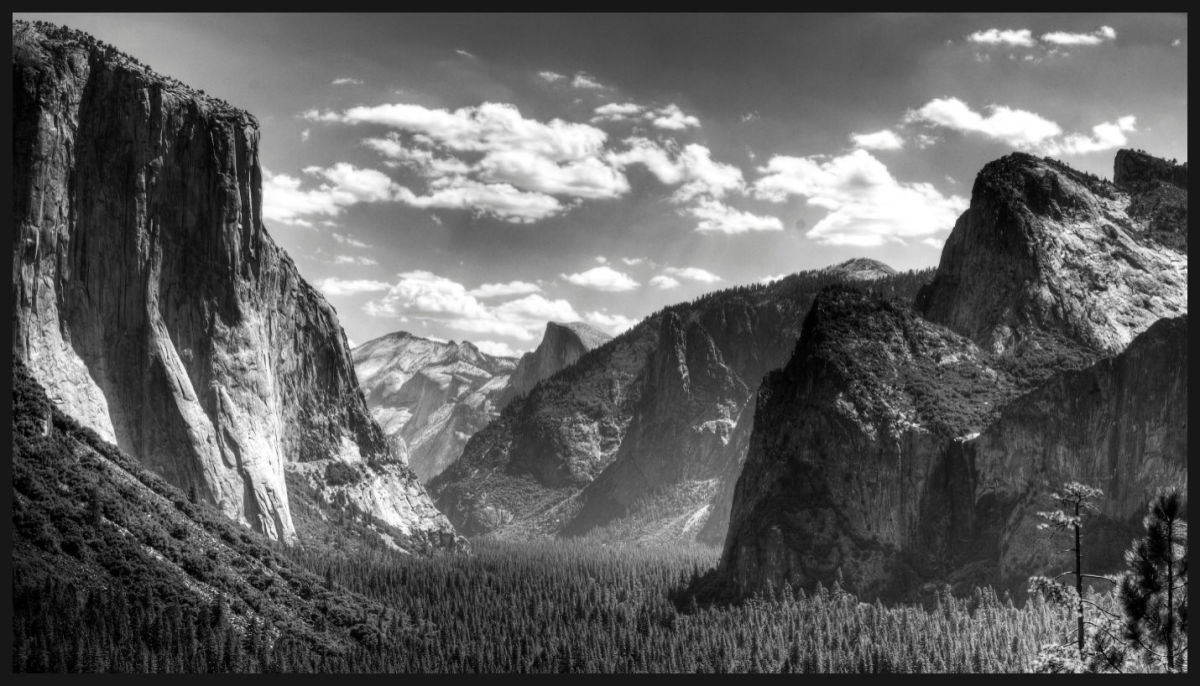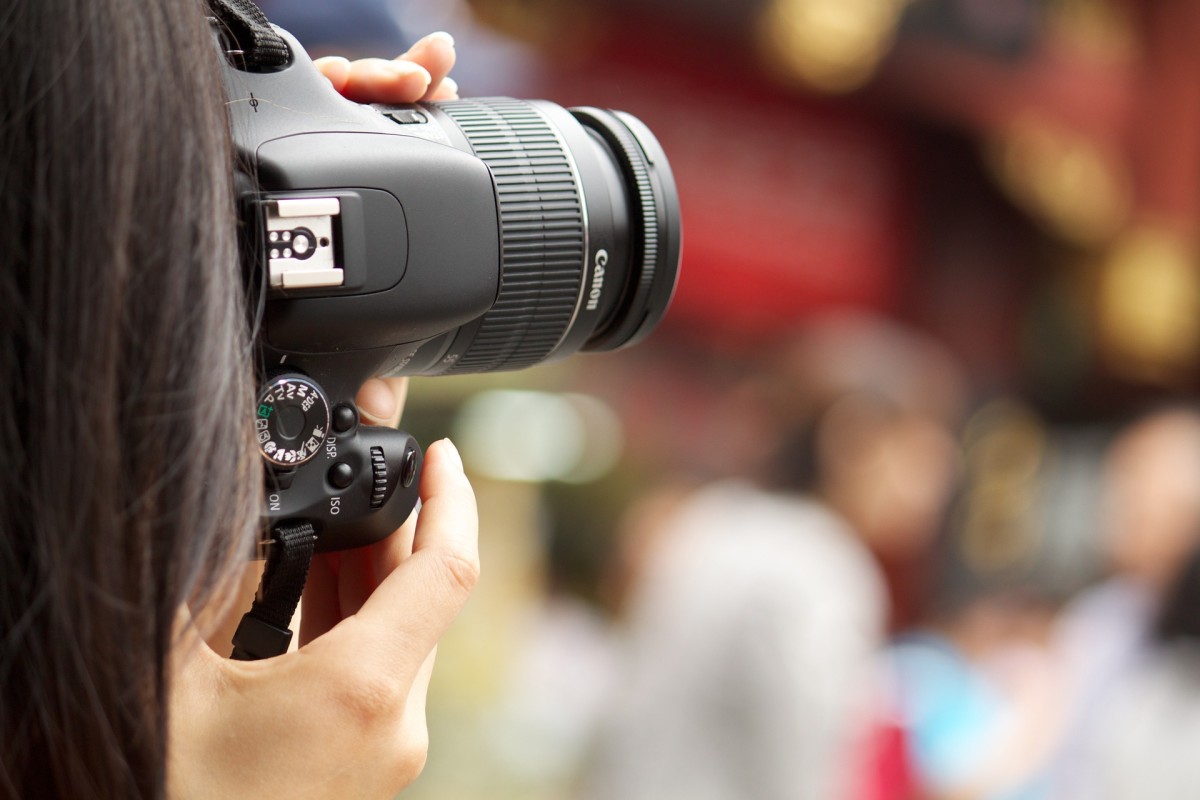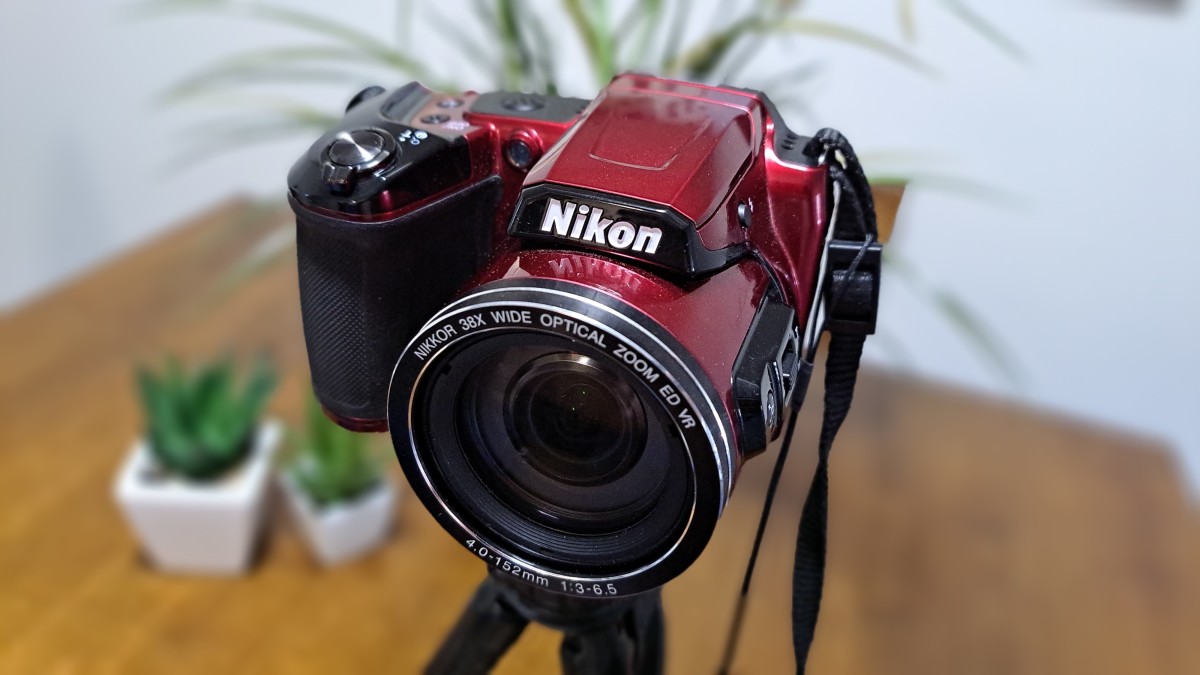- HubPages»
- Technology»
- Consumer Electronics & Personal Gadgets»
- Portable Electronics
How to Change From Film to Digital Photography
Ricoh KR-5 35mm Film Camera
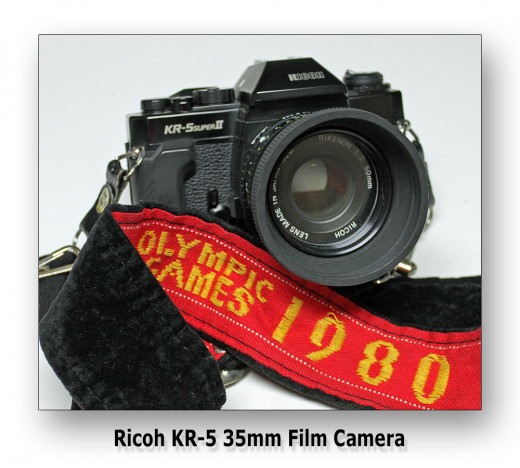
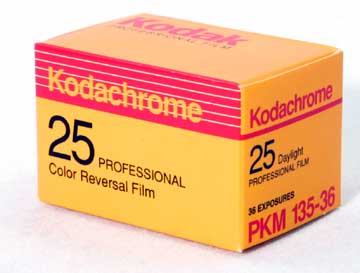
Film Different and Difficult
For about 60 years I've been taking photographs, from the Old Kodak Box Brownie Camera, through the other phases of "this and that" always faithful to Mr. Kodak's brand of film.
Struggling through all these years to go and buy the good old Kodachrome Color Slide Film.
Then you had to decide"what if I want to shoot a 'black and white' shot?"
Ok "better stock up on the old ever-reliable Ilford Delta 100", and then you had to decide, "I've only used half of the roll of color film, what do I do, burn half a roll of color film, or not shoot the black and white?"
What's that you say? "Where is your second camera?"
Hey, I've never been a millionaire, I could only afford one Single Lens Reflex camera!
Oh sure I've experimented with other brands, one was Agfa with their Agfacolor HDC. Not bad but in my honest opinion, but not as good as the old Kodak film.
Remember how they told you -
- Keep unused rolls in the fridge. Let them reach room temperature before you put them in your camera (avoids that nasty condensation)
- Oh yeah then when you have taken all your snaps, then send them off to the processing lab and wait the mandatory 2-3 weeks to get them back.
- Only to discover some were good, and some not so good (sometimes you just got back a clear roll of film!!!!!!)
Well, for me, those days have now gone forever.
OK, I've capitulated.
I have now decided to never use a film camera again.
I'm retiring my old Ricoh KR-5 35mm film Camera gear and switching over completely to Digital.
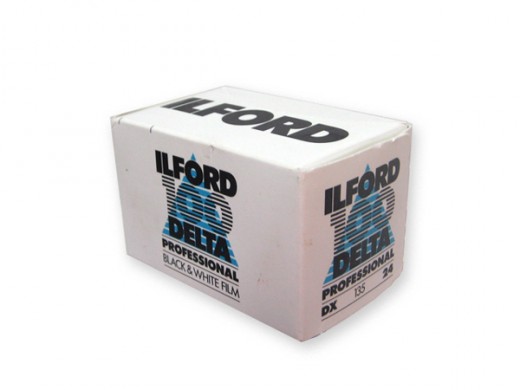
Kodachrome: Going... Going... Gone! Forever.
I've decided to do this because, after being produced for many years, Kodak has announced that it is ending production of Kodachrome.
According to Eastman Kodak, sales of Kodachrome represents less than one percent of Kodak's total sales of the still-picture film.
Kodak says that the brand 'Kodachrome' was originally launched in 1935, fast becoming the most popular and successful color films of all time, famous for its long lasting and rich colors.
Many commercial photographers and many amateurs have enthusiastically embraced digital photography.
They believe that its flexibility and lower ongoing costs outweigh its initial price disadvantages.
With the advances in modern technology, this has become almost a nonfactor.
Virtually all of the cost of digital photography is capital outlay, meaning that the cost is for the equipment needed to store and copy the images, and once purchased requires virtually no further expense (unless of course, you intend to print).
Film photography requires a continuous expenditure of funds for supplies and developing, although the equipment itself does not become outdated so quickly and has a longer service life.
More and more commercial photographers have begun moving to digital technology because of the tremendous editing capabilities now available on computers.
With programs such as Photoshop, you are able to do much more (and with more ease and creativity) to enhance photographs than in any old fashioned darkroom.
What a pain in the butt that was, messing with enlargers, test strips, chemicals, hanging prints and such! Yuk!
The digital photographer is able to color-balance and manipulate the image in ways that traditional darkroom techniques cannot offer, although film users can perform the same tasks by using a digital scanner. But to the purist that would be cheating! Ha!
With the correct programs installed on a computer, the photographer is able to print what is actually seen on the screen.
Manufacturers, like Nikon and Canon, now have Digital Single Lens Reflex Cameras (DSLR's) capable of taking photographs of sufficient quality for newspaper and magazine reproduction.
I believe that new 16 megapixel DSLR cameras are producing more detailed images than 35mm and the majority of the Medium Format cameras presently available.
A digital image can be modified and manipulated much easier and faster than with traditional negative and print methods. Look for future Hubs on my experiences with this process!
An interesting fact I uncovered was that Digital photography was used in astronomy long before its use by the general public, and by the 1980s had virtually replaced 'traditional' photographic plates.
The reason being was the sensors, called CCD's, are more sensitive to light and are more linear in reception and are more predictable in performance.
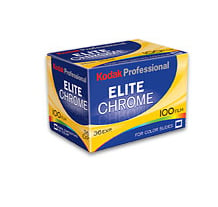
KODAK PROFESSIONAL ELITE Chrome 100 Film.
If I was to still be using film I would more than likely by using this film from Kodak and getting some great shots no doubt. This is what Kodak say about it:
KODAK PROFESSIONAL ELITE Chrome 100 Film is a 100-speed daylight film that offers photographers outstanding image structure with natural colors.
Elite Chrome 100 film provides excellent reproduction of colors, skin tones, and neutrals.
This film has been designed for exposure with daylight or electronic flash and is the ideal choice for general picture-taking applications.
However here is the old bugbear once again, the warning.
STORAGE AND HANDLING
- Load and unload film in subdued light.
- Store unexposed film at 21°C (70°F) or lower in the original sealed package.
- Always store film in a cool, dry place.
- Process film as soon as possible after exposure.
- Protect slides from strong light, and store them in a cool, dry place.
DARKROOM RECOMMENDATIONS
Do not use a safelight. Handle unprocessed film in total
darkness.
Ho Hum some things just never change!
Loading 35mm film into camera
For those lucky people who have never had to load a 35mm film camera , I thought I would present to you a video of how it is done ,
I'm so happy after seeing this video that I will never have to do it again.
Loading a 35mm Camera with Film
Hp Photosmart 320 My First Digital Camera
